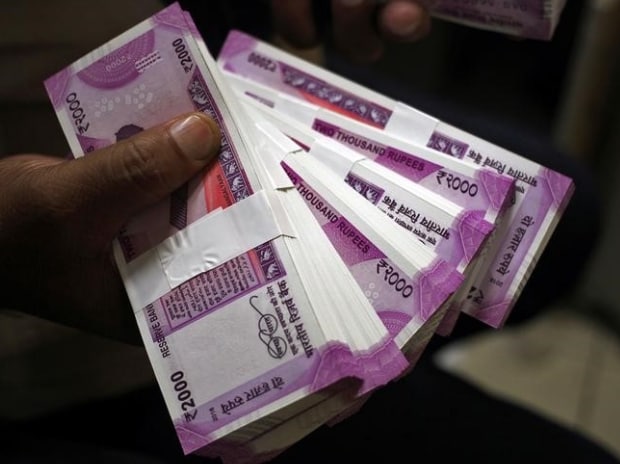[ad_1]
The Aam Aadmi Party (AAP) on Wednesday urged the central government to put pictures of Goddess Lakshmi and Lord Ganesha on currency notes to bring ‘prosperity’ to the country.
The move has invited criticism from the Opposition, including the Bhartiya Janata Party, for making a U-turn in their approach to Hindu gods.
But does printing currency notes with new images come under the Centre’s ambit or Reserve Bank of India? Let’s find out:
Who decides how banknotes and coins should look?
Any currency design change must be approved by the Reserve Bank of India’s (RBI) central board and the central government. Changes in the creation of coins fall under the purview of the government.
Who decides on the minting of coins?
In the case of coins, RBI’s role is restricted only to the distribution of the coins. The government has the power to design and mint coins in various denominations. The government has been given this right under the Coinage Act, 2011.
RBI’s role in issuing notes?
The RBI internally works out a design, which is then put forth by the RBI’s central board. According to Section 22 of The Reserve Bank of India Act, 1934, RBI has the “sole right” to issue banknotes in India. Section 25 states that “the design, form, and material of bank notes shall be such as may be approved by the Central Government after consideration of the recommendations made by the [RBI’s] Central Board”.
Department of Currency Management, which Deputy Governor T Rabi Sankar currently heads — is responsible for administering the core function of currency management. The department of Currency Management addresses policy and operational issues relating to the designing of notes, forecasting the demand for notes and coins, and ensuring the smooth distribution of banknotes and coins across the country.
Any changes in the design of the notes are worked out by the department of Currency Management, which then submits the design to RBI and recommends it to the government. It is only after the government’s nod that a particular design change comes into effect.
Different types of banknotes issued so far:
Ashoka Pillar notes
Post Independence, the first notes issued were Re one banknotes. The design was kept intact, except that the symbol of the Ashoka Pillar replaced the image of King George VI’s portrait.
In 1987, the Rs 500 note was introduced with the portrait of Mahatma Gandhi. The watermark continued to be the Lion Capital, Ashoka Pillar.
Mahatma Gandhi 1996 series
From 1996 onwards, all the banknotes bore the portrait of Mahatma Gandhi on the front, in place of the Lion Capital of Ashoka Pillar. The pillar image was moved to the left, next to the watermark window.
Mahatma Gandhi 2005 series
In the Mahatma Gandhi 2005 series, notes were issued in denominations of Rs 10, Rs 20, Rs 50, Rs 100, Rs 500, and Rs 1,000. They contain some additional features to the 1996 series notes.
Mahatma Gandhi 2016 series notes
According to RBI, these new notes highlight India’s cultural heritage and scientific achievements.
Distinct colours were used for the different denominations, and sizes were reduced. Two new denominations — Rs 2000 on November 08, 2016, and Rs 200 on August 23, 2017, were introduced in the new series.
[ad_2]
Source link



